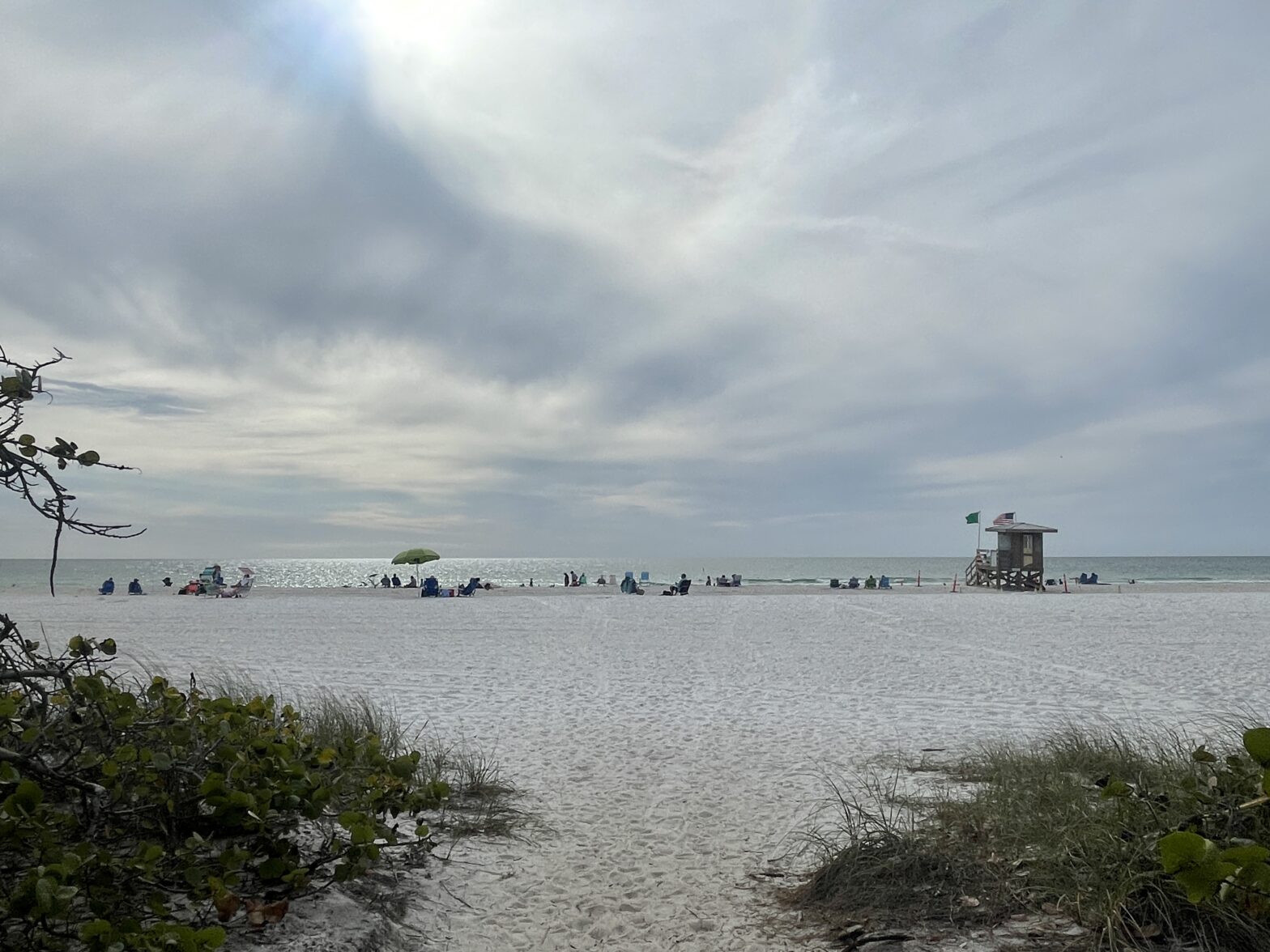Sarasota is a gem in southwest Florida. It’s home to warm weather, known as the “gateway” to miles of beaches with fine sand, and boasts many cultural and recreational events that put the area on many “best of” lists each year.
Most recently, Sarasota earned a spot as one of the top 10 best places to live in the U.S. and the top spot for best places to live in Florida. It also ranked as a top U.S. beach town to live in. Siesta Beach is among the best beaches in the world, and while it’s small, with a population of nearly 55,000, it has also been named one of the best small cities for art lovers.
However, Sarasota wouldn’t be what it is today without the sacrifice and courage of its African-American residents.
“Florida sticks up its nose and is very snooty regarding Mississippi, Georgia, and Alabama’s history, but Florida was just like these states. It’s still the deep south,” Vickie Oldham, president and C.E.O. of the Sarasota African American Cultural Coalition, tells Travel Noire.
People traveling to Sarasota can explore Newtown’s history and the history of Black residents who shaped the city and desegregated the public beaches by visiting these key neighborhoods and landmarks.
Newtown: The First Black Community In Sarasota, Florida
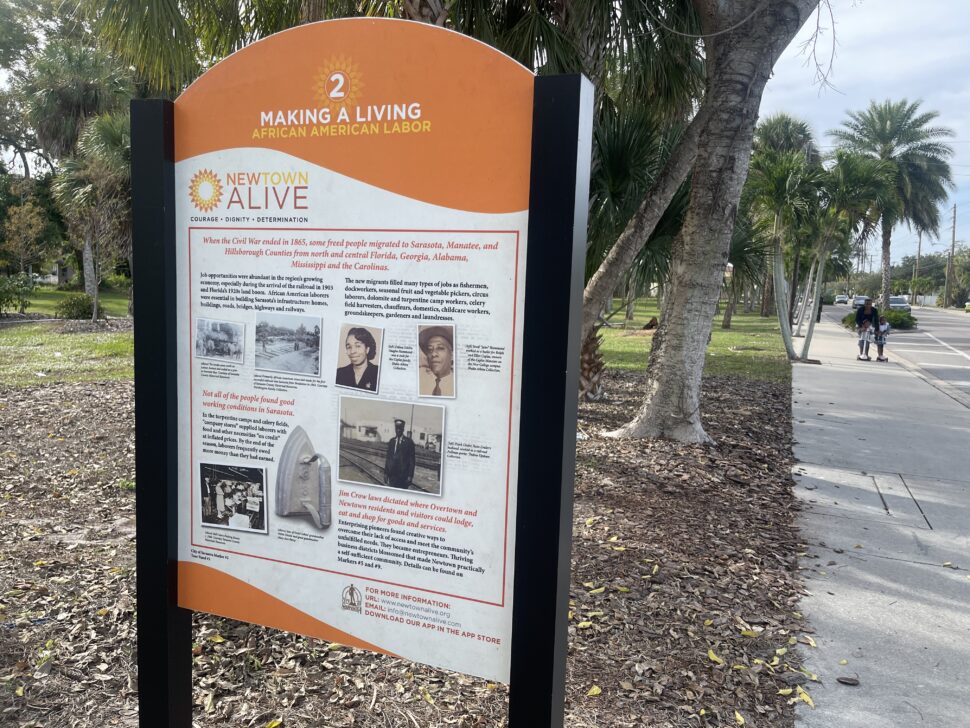
Sarasota’s Newtown neighborhood is the southernmost point of the U.S. Civil Rights Trail. It grew out of another community, Overtown, known as the first neighborhood for African Americans in Sarasota. Before Overtown, the area was referred to as “Black Bottom.”
Newtown’s geography borders Hwy. 301 to the east, Bradenton Road to the west, Myrtle Street to the north, and 17th Street to the south.
African American families were vital in building Sarasota’s infrastructure from the ground up by clearing snake-infested swampland, laying railroad ties, constructing homes, farming citrus, mining dolomite, and more. Jim Crow laws, however, segregated African Americans from most areas in Sarasota, which is why they settled in what is known as Newtown today.
According to Oldham, references in history books and oral accounts from people who lived in Newtown say Sarasota was once a “Sundown Town” or place that excluded nonwhite people from remaining in town after sunset.
“Blacks had to have a reason, such as working for someone’s business or home, to cross certain streets,” she says.
Greater Hurst Chapel A.M.E. Church
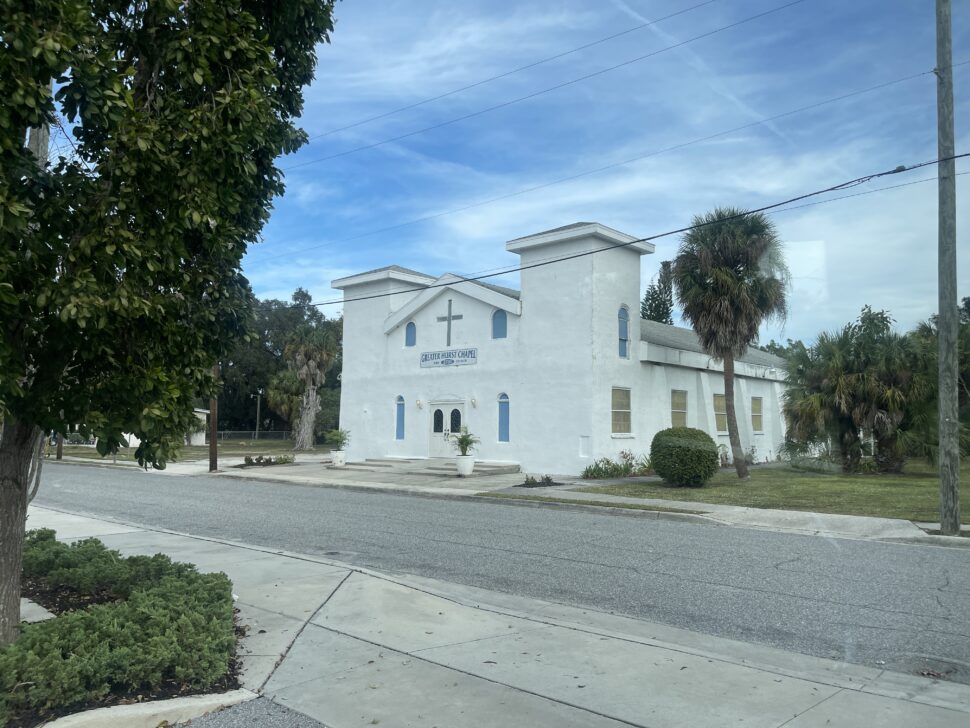
Located at 2730 N Links Avenue, Greater Hurst Chapel is the first A.M.E. Church in Sarasota. The church, which still stands today, was known to have community and NAACP meetings where leaders and residents discussed pertinent issues and things that needed to be done in the community.
Lido Beach Desegregation Movement
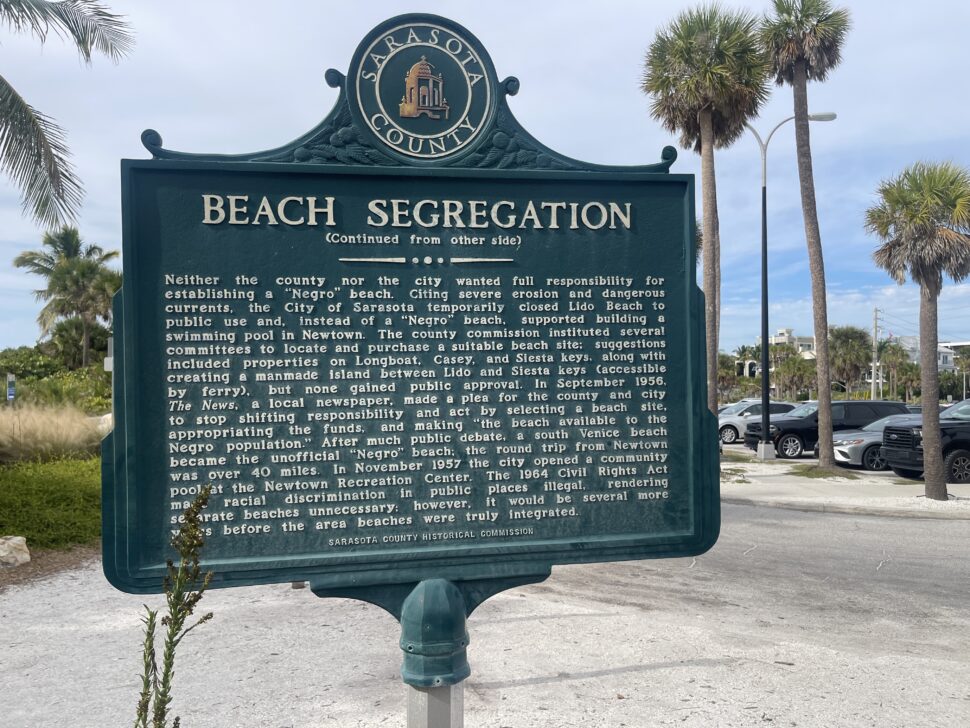
When visiting Lido Beach, people should take a moment to reflect on the courageous women and men who fought for the right for African Americans to enjoy public beaches.
At the height of the Jim Crow era, African Americans were not allowed to visit all public beaches. Lido Beach was approximately 20 minutes away, but the nearest beaches for Black residents were in Jacksonville or Miami.
Florida has roughly 825 miles of sandy coastline along the Atlantic Ocean, the Gulf of Mexico, and the Straits of Florida, but Black people only had access to two miles of beaches.
Mary Emma Jones was tired of Black children swimming in dirty water. She went to the Sarasota County Commission in 1954 and asked to integrate the beaches in the community. The commissioners blew her request off, prompting what is known as The Lido Beach Desegregation Movement.
Wade-Ins At Lido Beach
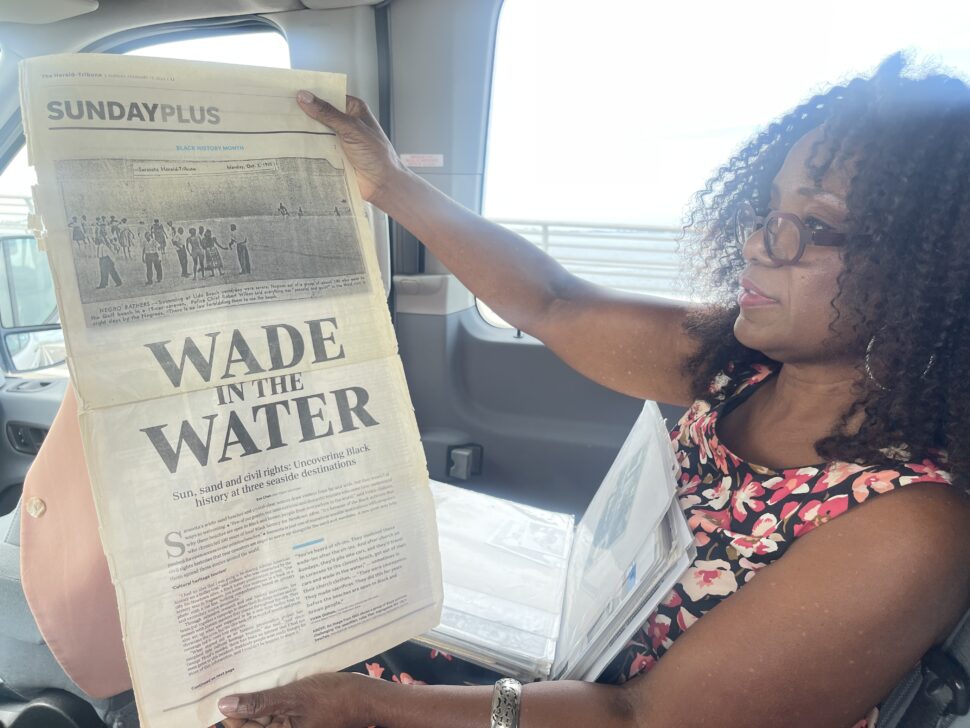
Neil Humphry was an early freedom fighter in Sarasota. He owned Humphries Sundries, a local store directly across from Greater Hurst A.M.E. Church, and was the first president of NAACP Sarasota.
Oldham says he would read about what other African Americans were doing around the country to assert their rights– mainly in the Black newspaper, The Pittsburgh Courier. He was inspired by other African Americans across the country and organized “wade-ins,” a caravan of peaceful protests at Lido Beach.
He and other leaders would pick up young people at his business and designated areas marked by flagpoles to journey to Lido Beach, where protesters would wade in the water.
Murals in Rosemary District
Murals throughout the Rosemary District, formally known as Overtown, pay homage to Black pioneers and activists who once lived in Sarasota. Eight murals across the district include Lewis Colson and his wife, Irene Colson. The Colsons are known as Sarasota’s first Black settlers and also built Sarasota’s first Black church. The mural is on the Planned Parenthood building on Central Avenue.
On the side of the Rosemary Square Building, located at 1468 Boulevard of the Arts, is the mural of Major League Baseball Hall of Famer John “Buck” O’Neil. O’Neil was inducted posthumously. He grew up in Sarasota but went on to play for the Negro American League’s Memphis Red Sox and the Kansas City Monarchs.
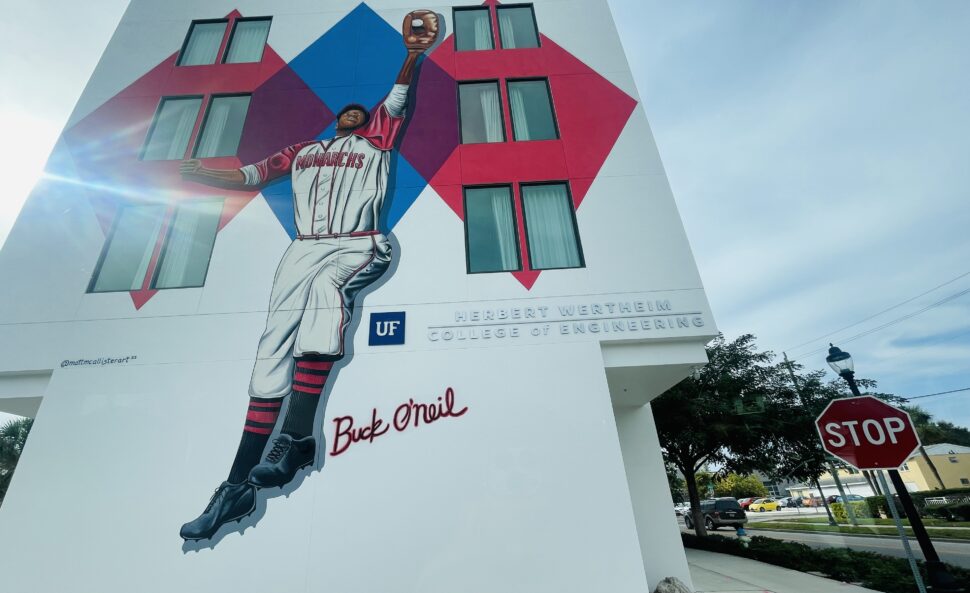
Leonard Reid is another influential Black settler, pioneer, and icon in the Sarasota community. He became the righthand man to Col. John Hamilton Gillespie, the first mayor of Sarasota. Reid assisted Gillespie in designing golf courses in Sarasota and throughout the state.
According to Oldham, there are eight murals throughout the Rosemary District.
“One of my colleagues realized that this area was all gentrified and visitors coming here would never know that a Black community settled here if they didn’t see the green markers,” says Oldham. “My colleague asked permission to put these murals on buildings […] they’re amazing to see because they celebrate Black history.”
A full African-American history tour can be booked with Newtown Alive. The two-hour trolley tour takes people across more than a dozen historical sites and landmarks, exploring Sarasota’s rich Black history.
